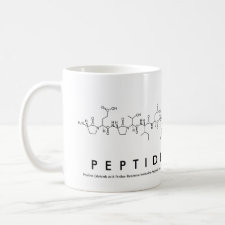Authors: Li D, Luo K, Zhang LM, Gao JX, Liang JL, Li JP, Pan HC
Article Title: Research and Application of Highly Selective Molecular Imprinting Technology in Chiral Separation Analysis.
Publication date: 2021
Journal: Critical Reviews in Analytical Chemistry
Page numbers: 1-14.
DOI: 10.1080/10408347.2021.2002680
Abstract: Since residual chiral pollutants in the environment and toxic or ineffective chiral components in drugs can threat human health, there is an urgent need for methods to separation and analyze chiral molecules. Molecular imprinting technology (MIT) is a biomimetic technique for specific recognition of analytes with high potential for application in the field of chiral separation and analysis. However, since MIT has some disadvantages when used for chiral recognition, such as poor rigidity of imprinted materials, a single type of recognition site, and poor stereoselectivity, reducing the interference of conformationally and structurally similar substances to increase the efficiency of chiral recognition is difficult. Therefore, improving the rigidity of imprinted materials, increasing the types of imprinted cavity recognition sites, and constructing an imprinted microenvironment for highly selective chiral recognition are necessary for the accurate identification of chiral substances. In this article, the principle of chiral imprinting recognition is introduced, and various strategies that improve the selectivity of chiral imprinting, using derivative functional monomers, supramolecular compounds, chiral assembly materials, and biomolecules, are reviewed in the past 10?years
Author keywords: chiral recognition, Molecular imprinting technology, selectivity, separation



Join the Society for Molecular Imprinting

New items RSS feed
Sign-up for e-mail updates:
Choose between receiving an occasional newsletter or more frequent e-mail alerts.
Click here to go to the sign-up page.
Is your name elemental or peptidic? Enter your name and find out by clicking either of the buttons below!
Other products you may like:
 MIPdatabase
MIPdatabase









